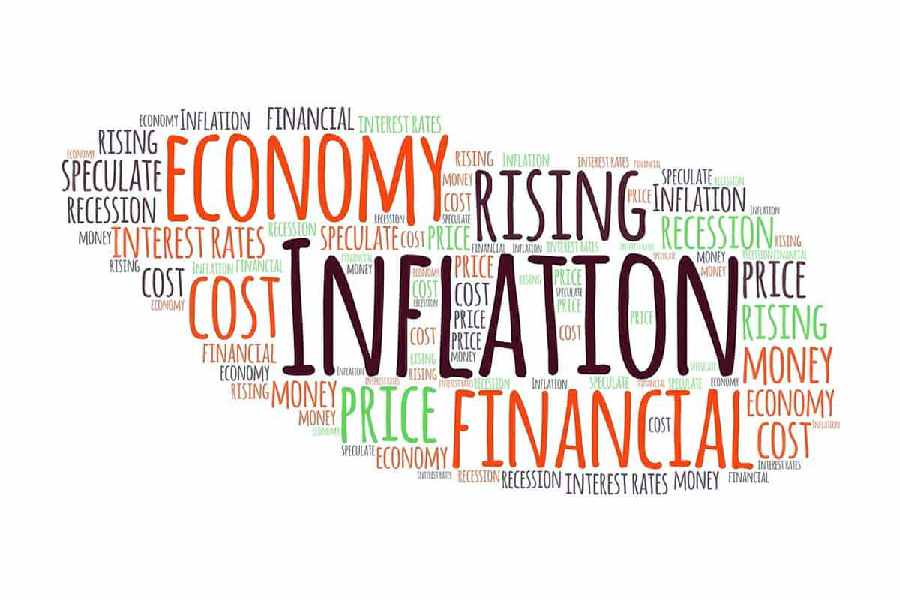Retail inflation has dropped to a five-year low of 3.54 per cent in July because of the easing of food prices and a favourable base effect, according to government data.
The inflation rate fell below the RBI threshold of 4 per cent, but analysts warned against complacency as the base effect is likely to wane in the future and the course of the monsoon will play a greater role.
The base effect refers to the impact of the previous year’s price level on the current year’s inflation rate. If the price level was high in the previous year, inflation will be lower even if prices have risen.
Food prices, which have been a key driver of inflation, eased significantly.
“The moderation in food inflation, especially vegetables, is the primary reason for the sharp decline in headline inflation,” said Madan Sabnavis, chief economist at Bank of Baroda.
“The major pain points remain in the cereals and pulses basket. The new crop will enter only post-September which will determine the future course of price movements,” he said.
While the headline number offers some relief, core inflation, which excludes volatile food and fuel prices, rose to 3.4 per cent from 3.1 per cent in June, indicating underlying price pressures.
“The decline in headline inflation is encouraging, but core inflation is showing signs of resilience,” said Suman Chowdhury, executive director and chief economist at Acuité Ratings & Research.
The RBI has maintained a hawkish stance due to persistent inflationary concerns. While the July data provides some room for manoeuvre, the central bank is likely to remain cautious in its monetary policy decisions.
“We continue to maintain that RBI will be on a status quo mode on rates for the October policy with a likely shift in stance then,” Upasna Bhardwaj, chief economist, Kotak Mahindra Bank, said.
Industry slips
Industrial growth slowed to a five-month low of 4.2 per cent in June, government data showed as manufacturing sector displayed weakness.
The index of industrial production (IIP) had grown 6.2 per cent in May. While the mining and power sectors continued to expand, they were not enough to offset the slowdown in manufacturing.
Manufacturing growth decelerated to 2.6 per cent in June from 3.5 per cent a year ago. Capital goods output fell to 2.4 per cent in June from 2.9 per cent a year earlier.










